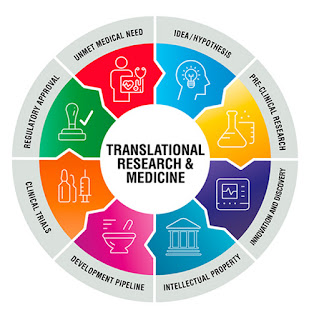by Anne Crawford
Monash University Central and Peninsula Clinical School researchers have shown that a person’s gait can predict whether they are headed for dementias such as Alzheimer’s disease, and which specific brain functions are involved in this cognitive decline.
Associate Professor Michele Callisaya and Professor Velandai Srikanth, supervising first author PhD student Ms Oshadi Jayakody from the University of Tasmania, investigated whether variability from one step to the next during walking, and gait speed, were related to cognitive decline over time. Their study was published in the Journal of Alzheimer’s Disease.
Monash University Central and Peninsula Clinical School researchers have shown that a person’s gait can predict whether they are headed for dementias such as Alzheimer’s disease, and which specific brain functions are involved in this cognitive decline.
Associate Professor Michele Callisaya and Professor Velandai Srikanth, supervising first author PhD student Ms Oshadi Jayakody from the University of Tasmania, investigated whether variability from one step to the next during walking, and gait speed, were related to cognitive decline over time. Their study was published in the Journal of Alzheimer’s Disease.




